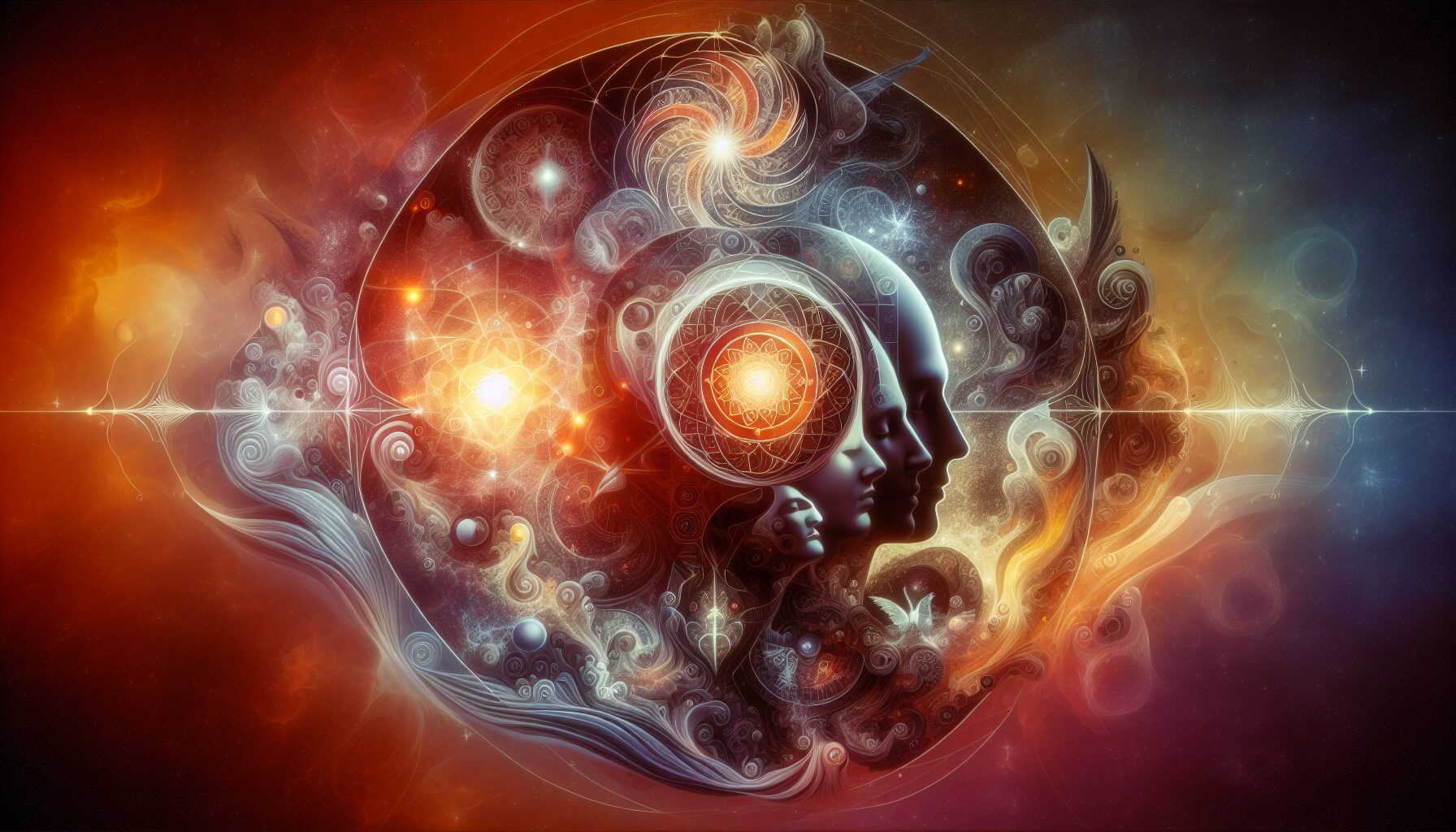The exploration of the human psyche has long been a subject of fascination among philosophers, psychologists, and spiritual seekers. One intriguing concept within this realm is the demonology of the mind. This metaphorical framework suggests that just as demonology involves the study of demons and malevolent spirits, our minds harbor various archetypes or ‘demons’ that influence our thoughts, feelings, and behaviors. Understanding these inner archetypes can provide profound insights into our personal struggles and transformative potential.
The Nature of Inner Demons
Inner demons are often regarded as representations of our deepest fears, insecurities, and unresolved conflicts. Carl Jung, the Swiss psychiatrist and psychoanalyst who founded analytical psychology, referred to these entities as ‘shadow selves’. According to Jung, the shadow embodies the repressed, denied parts of the self, which are largely unconscious. He stated:
“Everyone carries a shadow, and the less it is embodied in the individual’s conscious life, the blacker and denser it is.”
These inner demons manifest in various ways, from intrusive thoughts and self-doubt to more profound issues like addiction and compulsive behaviors. In understanding these shadows, we don’t merely vanquish them but achieve greater self-awareness and integration.
Identifying Inner Archetypes
Identifying and naming these inner archetypes can be a vital step in dealing with them. Below are some commonly recognized archetypes that might act as inner demons:
- The Saboteur: This archetype functions to undermine our efforts and aspirations. It can cause us to self-sabotage, often in subtle ways.
- The Victim: The victim archetype is about powerlessness. It can keep us tethered to the past and maintain a mindset of helplessness.
- The Addict: Whether related to substances, behaviors, or relationships, this archetype emerges from deep-seated desires and unmet needs.
- The Critic: Often referred to as the inner critic, this archetype is harsh, judgmental, and unforgiving, fostering feelings of inadequacy.
Recognizing these archetypes requires introspection and a willingness to confront uncomfortable truths about ourselves.
Pathways to Integration
Delving into the depths of the mind’s demonology is not merely a path of struggle; it is also one of potential healing and growth. Here are some methods to aid in this transformative journey:
- Mindfulness and Meditation: Regular practice of mindfulness can help bring awareness to our thoughts and emotions, creating a space where reflection and understanding can occur.
- Therapeutic Approaches: Techniques such as Cognitive Behavioral Therapy (CBT) and Jungian therapy can provide powerful insights and strategies to face and integrate these inner demons.
- Creative Expression: Art, writing, and other forms of creative expression can be therapeutic avenues for exploring and articulating internal struggles.
Integrating the shadow self requires patience and compassion, not only for the process but for oneself. The aim is not to eliminate these ‘demons’ but to acknowledge their presence and role.
The Spiritual Perspective
Various spiritual traditions also echo this exploration of inner demons. In Buddhism, for example, the concept of ‘Mara’ represents the temptations and distractions that lead practitioners astray from their spiritual path. As noted in a Tricycle article, Mara is a depiction of our inner turmoil and attachments, and confronting these inner conflicts is part of the awakening process:
“Mara represents everything that obstructs the attainment of liberation and enlightenment.”
Similarly, in Christian teachings, the struggle against inner demons is portrayed as a battle against sin and temptation, urging an embrace of virtues and the divine.
The Journey Ahead
The demonology of the mind invites us to explore the vast and often daunting landscape of our inner world. It challenges us to face what is hidden within, to seek understanding and, eventually, integration. This journey is both personal and universal, reaching beyond individual experience into the shared human condition.
In confronting our inner demons, we embark on a transformative journey that promises not just self-discovery, but also the attainment of deeper peace and authenticity. As we learn to navigate our own shadows, we not only uncover the darkness, but also the light that resides within.
